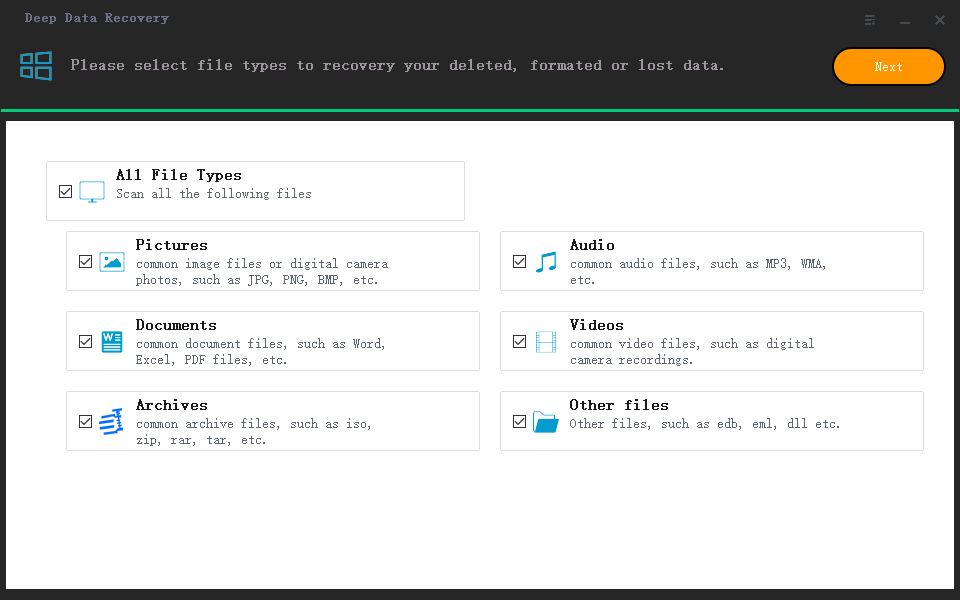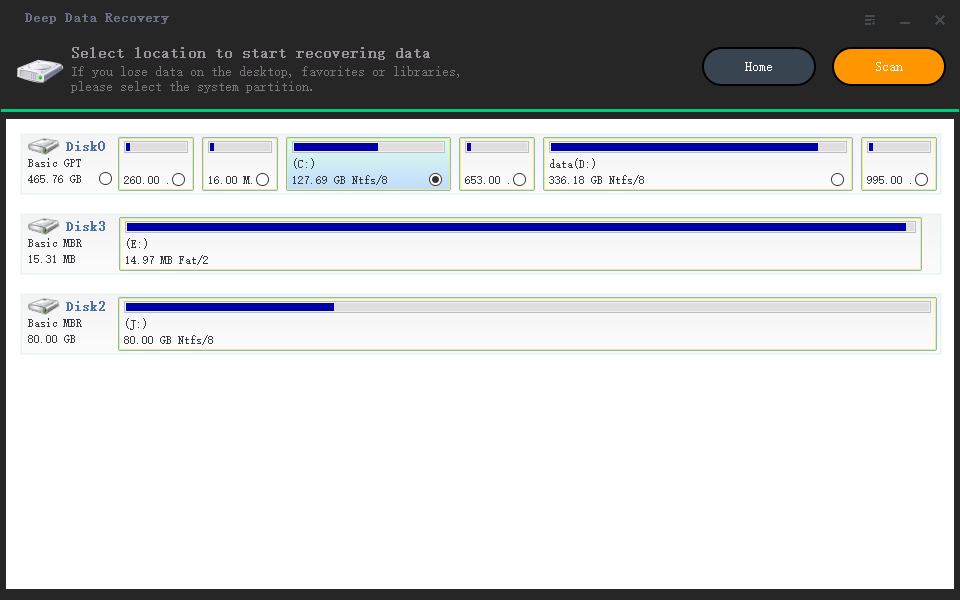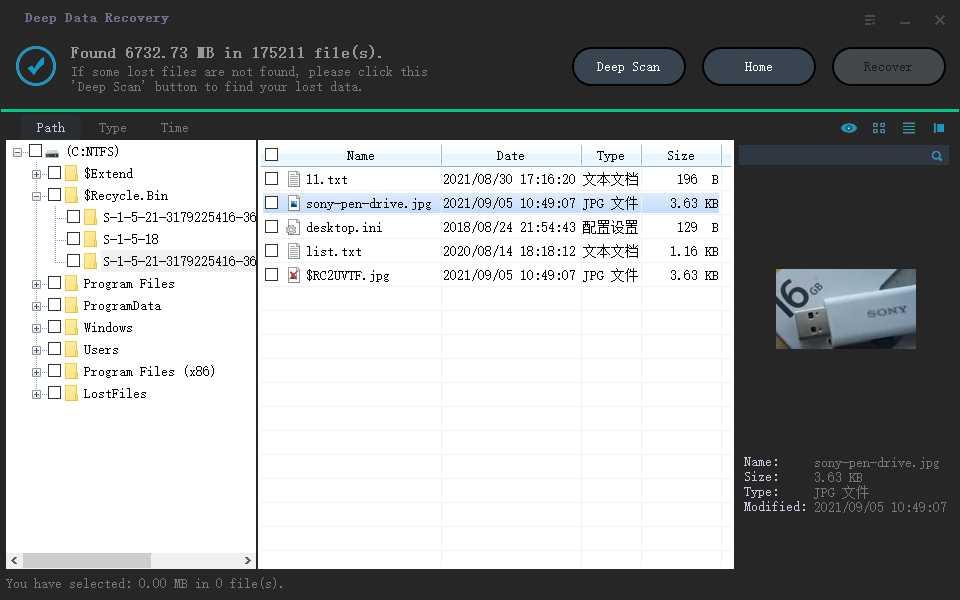What Is Hard Disk Partition, Everything You Need to Know
A hard disk partition is defined as storage space on a hard drive.
Most operating systems allow users to divide a hard disk into multiple partitions, making one physical hard disk into several smaller logical hard disks.
Reasons to Use Hard Disk Partitions
A user may decide to split a hard disk into multiple partitions in order to organize his data more effectively. On Microsoft Windows machines, it is common to store the OS and applications on one hard disk partition and user data on another hard disk partition. When a problem occurs with Microsoft Windows, the OS partition can be completely formatted and reinstalled without affecting the data partition.
A user may decide to split a hard disk into multiple partitions because smaller partitions often have smaller cluster sizes. Cluster size is the smallest chunk of data that a partition can store. A large partition might have a cluster size of 16KB. This means that a file with one character in it will occupy 16KB of space on the disk. In a smaller partition, that file might only require 4KB to store. This is a useful strategy if you are storing a large number of small files.
A user may have to split a large hard disk into multiple partitions if the hard disk is larger than the partition size supported by the operating system.
Creating Hard Disk Partitions
Most operating systems use the 'fdisk' command to create hard disk partitions. Many operating systems also have graphical tools that accomplish the same task, such as Qiling Partition Master.
Hard Disk Partitions and File Systems
You don't actually store data in hard disk partitions.
You store file systems in hard disk partitions and then you store data in these file systems.
Some operating systems blur the lines between partitions and file systems.
The Partition Table
Partition information is stored in the partition table, a reserved area at the beginning of a hard disk.
Extended Partitions
A standard partition table is only able to store information about four partitions. At one time this meant that a hard disk could have a maximum of four partitions.
To work around this limitation, extended partitions were created.
An extended partition stores information about other partitions. By using an extended partition, you can create many more than four partitions on your hard disk.
The four standard partitions are often called the primary partitions.
Partitions configured into an extended partition are often referred to as logical partitions.
Partition Types
When a partition is created, a special byte of data is written to record what type of partition it is.
Because one hard disk may be shared by multiple operating systems, operating systems tend to agree on the meaning of these values.
The table below lists some of the partition types in use.
| Partition Number | Partition Type |
| 00 | Empty |
| 01 | DOS 12-bit FAT |
| 02 | XENIX root |
| 03 | XENIX usr |
| 04 | DOS 16-bit FAT <=32M |
| 05 | DOS Extended Partition |
| 06 | DOS 16-bit FAT >=32 |
| 07 | OS/2 HPFS, WinNT NTFS |
| 08 | AIX |
| 09 | AIX bootable |
| 0a | OS/2 Boot Manager |
| 0b | Win95 FAT32 |
| 0c | Win95 FAT32 (LBA) |
| 0e | Win95 FAT16 (LBA) |
| 0f | Win95 Extended (LBA) |
| 35 | OS/2 JFS |
| 39 | Plan 9 |
| 40 | Venix 80286 |
| 51 | Novell |
| 52 | Microport |
| 63 | Unix System V, Mach, GNU HURD |
| 64 | Novell Netware 286 |
| 65 | Novell Netware 386 |
| 75 | PIC/IX |
| 80 | MINIX until 1.4a |
| 81 | MINUX, Linux |
| 82 | Solaris X86, Linux swap |
| 83 | Linux native |
| 85 | Linux extended |
| 93 | Amoeba |
| 94 | Amoeba BBT |
| a5 | FreeBSD, NetBSD, BSD/386, 386BSD |
| a6 | OpenBSD |
| a7 | NEXTSTEP |
| b7 | BSDI BSD/386 filesystem |
| b8 | BSDI BSD/386 swap |
| be | Solaris 8 bootable |
| bf | Solaris x86 |
| c7 | Syrinx |
| db | CP/M |
| e1 | DOS access |
| e3 | DOS R/O |
| eb | BeOS BFS |
| fb | VMWare filesystem |
| fc | VMWare swap |
| f2 | DOS secondary |
| ff | Xenix Bad Block Table |
Bonus Part: Restore Lost Data from Hard Drive Partitions
You can also apply data recovery software - Deep Data Recovery to retrieve data that lost while managing the partitions.
Note: To guarantee a high data recovery chance, install Qiling data recovery software on another disk instead of the original disk where you lost files.
Step 1. Launch Deep Data Recovery on your Windows 11, Windows 10, Windows 8, or Windows 7 computer. Select the file type and click "Next".

Step 2. Select the disk partition or storage location where you lost data and click "Scan".

Step 3. This recovery software will start scanning the disk to find all lost and deleted files. When the scan process completes, click file type or search icon to find lost files.

Step 4. Preview and restore lost Windows files. You can double-click to preview the scanned files. Then, select the target data and click the "Recover" button to save them to another safe spot in the PC or an external storage device.
Related Articles
- [Fixed] Office 365/2016/2013 Won't Open with 'Stopped Working' Error in Windows 10
- Computer Freezes When Playing Games in Windows 10
- How to Install Windows 10 on a New Hard Drive Without Disk or USB
- Fixed: CPU Isn't Supported | CPU Isn't Compatible with Windows 10/8.1/8